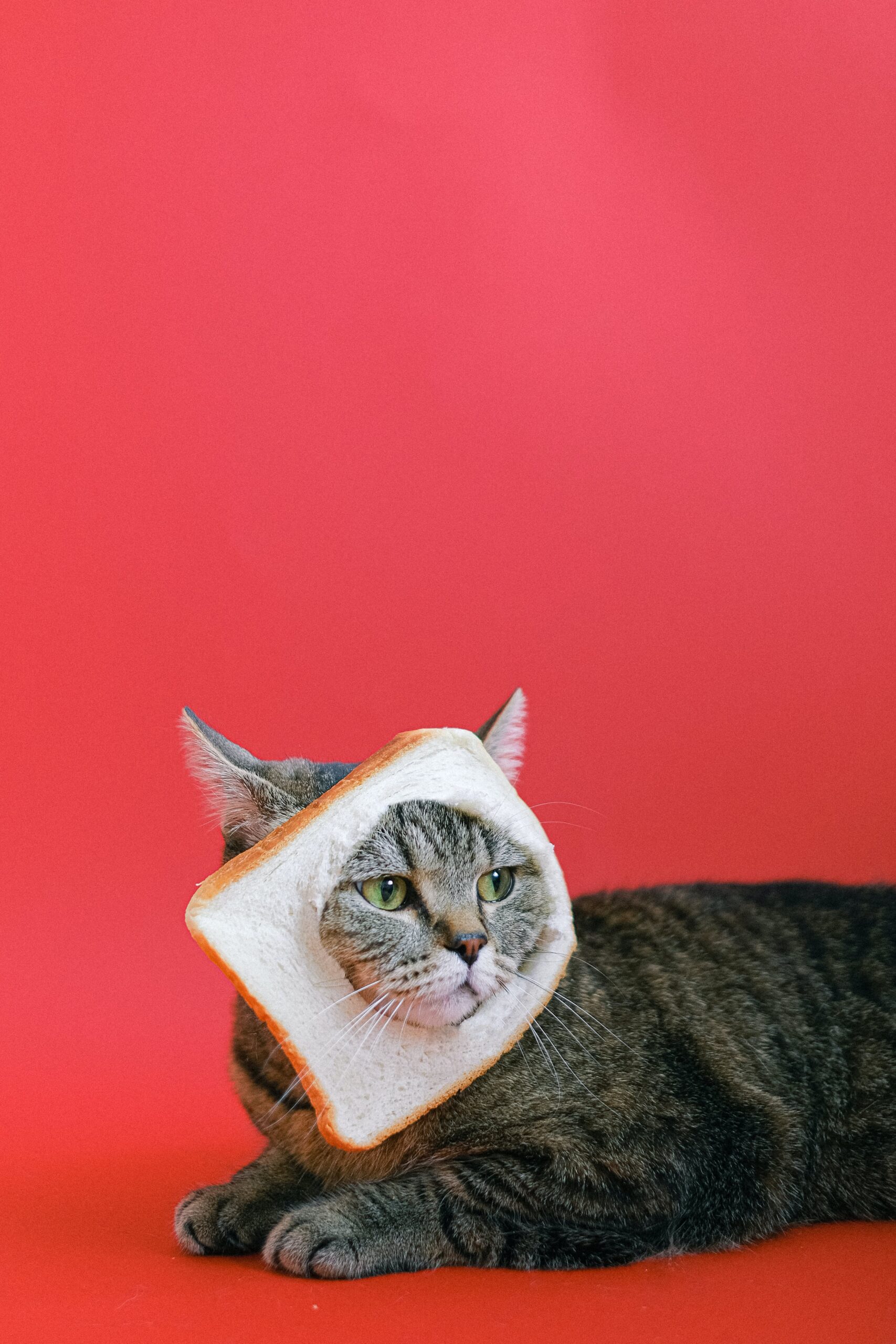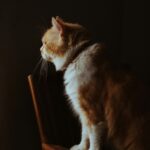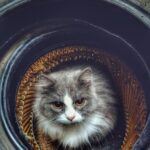Introduction
Welcome, individual cat devotees and art darlings! Today, we set out on a great excursion through the mesmerizing universe of famous cat paintings. Cats have for quite some time been loved friends and fascinating subjects in the art world; their persona and appeal have inspired artists all through the ages. We should plunge into the meaning of these feline masterpieces and disentangle the enchanting stories they tell.
A. Cats in Art: A Brief Overview
From the beginning of artistic articulation, cats have graced materials, models, and delineations. The graceful movements, mysterious expressions, and playful glint in their eyes have captured the affections of artists spanning various cultures and centuries. Within this examination, we will uncover the distinct role that cats play in shaping the artistic terrain and comprehend the rationale behind why they hold a special place in the affections of imaginative minds globally.
B. Importance of Cat Paintings in the Art World
Cat art is something other than a depiction of charming shaggy faces; it’s an impression of social imagery, storytelling, and the immortal association among people and their feline companions. As we dig into famous cat paintings, we’ll reveal the significant effect these artworks have had on the art world, transcending simple styles to become social peculiarities.
Historical Context

A. Early Representations of Cats in Art
In old human advancements, cats were loved and respected for their characteristics. The Egyptians, for instance, thought about cats as hallowed and connected them with security and favorable luck. Artifacts adorned with cat depictions from this era showcase the reverence and adoration for these enigmatic creatures, setting the stage for their enduring presence in art.
B. Evolution of Cat Symbolism in Different Cultures
As civilizations evolved, so did the symbolism associated with cats. In medieval Europe, cats became linked to superstitions, both good and bad. Artists portrayed them in different jobs—once in a while as images of wizardry and secrets, and different times as cunning and shrewd animals. Exploring these changes in social discernment through art offers a fascinating look into the unique connection between people and cats.
C. Notable Cat-Themed Artworks in Ancient Civilizations
Antiquated art recounts accounts of day-to-day existence, legends, and the conviction that now is the ideal time. Significant cat-themed artworks from human advancements like Greece, Rome, and China uncover different interpretations of these intriguing animals. From elegant cat sculptures to intricate paintings, these pieces provide a historical backdrop to our modern fascination with feline-inspired art.
Famous Cat Paintings
A. Leonardo da Vinci’s “Study of Cat Movements
Leonardo da Vinci , the expert of the Renaissance, wasn’t fascinated by the human structure; his sharp eye reached out to the set of all animals. In his “Investigation of Cat Developments,” da Vinci captures the smoothness and elegance of feline movement, showcasing his unmatched capacity to notice and deify the magnificence of nature. This magnum opus stands as a demonstration of the general charm of cats.
B. Édouard Manet’s “Olympia”
Manet, a progressive figure in the art world, made a strong stride by incorporating a dark cat into his notorious painting “Olympia.” This symbol of independence and mystery added layers of meaning to the already controversial artwork. Manet’s choice to feature a cat challenges traditional artistic norms and invites viewers to ponder the significance of the feline presence in this provocative masterpiece.
C. Balthus’s “The King of Cats”
Balthus, known for his baffling and provocative art, created “The King of Cats” as a tribute to feline tastefulness and superbness. The painting captures the essence of a cat’s reserved magnificence, blending authenticity with a hint of the strange Balthus’s unique perspective on cats as royal figures in their own right adds a whimsical dimension to the world of cat art.
D. Henriette Ronner-Knip’s “The Cat at Play”
Henriette Ronner-Knip, a nineteenth-century Dutch artist, worked on portraying the appeal and lighthearted nature of cats.”The Cat at Play” epitomizes her dominance in capturing the endearing reviews of a cat’s life. With a sharp eye for detail and a delicate variety range, Ronner-Knip’s work transports us to a reality where cats rule in their fun-loving pursuits.
Cat Artists
A. Louis Wain and His Unique Cat Illustrations
Louis Wain, a Victorian artist, is famous for his unconventional and hallucinogenic cat representations. His cats, humanized with human-like articulations, take on fantastical personas. Wain’s ability to portray the playful and eccentric nature of cats earned him a unique place in the realm of cat art.
B. Théophile Steinlen’s Iconic “Le Chat Noir” Posters
Theophile Steinlen’s famous banners for the men’s club “Le Talk Noir” in Paris became inseparable from the bohemian soul of the Beauty Époque. Featuring a smooth, dark cat, these banners grandstand Steinlen’s artistic ability and his capacity to catch the essence of the time. “Le Visit Noir” remains an enduring image of artistic innovation and the appeal of a feline persona.
C. Susan Herbert’s Whimsical Cat Reimaginings in Famous Artworks
Susan Herbert, a contemporary artist, adopts a lively strategy for cat art by inserting feline characters into exemplary paintings. Her unconventional reimaginings, blending art history with a dash of humor, revive notable masterpieces. Herbert’s work epitomizes the adaptability and enduring allure of cats in the always-evolving universe of art.
Cat Symbolism in Art
A. Cats as Symbols of Mystery and Independence
Cats, with their puzzling nature, have for some time been images of secrets and independence. Artists since forever ago have utilized cats to bring out a feeling of intrigue and uncertainty in their works. Whether depicted as smooth and baffling or reserved, the imagery of cats in art mirrors the widespread fascination with the tricky and independent souls of these animals.
B. Cultural Variations in Cat Symbolism
The imagery of cats changes across societies, adding layers of meaning to their portrayal in art. While certain societies partner cats with the best of luck and thrive, others might see them as signs or images of the powerful. Exploring these social varieties improves our appreciation for the variety of interpretations that cats bring to the artistic scene.
C. The Use of Cats to Convey Emotion and Storytelling in Art
In past imagery, cats have acted as expressive subjects fit for conveying a range of feelings in art. From the devilish grin of a Cheshire cat to the delicate look of a mother cat with cats, artists use feline figures to recount compelling stories and bring out profound close-to-home reactions. The flexibility of cats as artistic dreams is considered a rich embroidery of stories in the realm of art.
Impact of Cats on Modern Art
A. Internet Memes and the Popularity of Cat Content
In the age of the internet, cats have become worldwide famous people on account of the expansion of cute cat recordings and images. The internet’s fascination with feline tricks has given pleasure to millions as well as influenced present-day art. Contemporary artists draw inspiration from viral cat content, creating a consistent mix of online culture and customary artistic articulation.
B. Contemporary Artists Incorporating Cats into Their Works
Today’s artists continue to explore their fascination with cats, integrating them into contemporary art in innovative ways. Whether through digital media, installations, or street art, cats remain a ubiquitous presence in the modern artistic landscape. This fusion of traditional and contemporary elements showcases the enduring appeal of cats as artistic muses.
C. Cat-Themed Art Exhibitions and Their Reception
Cat-themed art displays have gained fame, drawing assorted crowds anxious to praise their affection for feline-inspired innovativeness. These displays give artists a stage to feature their interpretations of cats, fostering a sense of community among art devotees. The gathering of such occasions features the immortal association among people and cats as a wellspring of inspiration and bliss.
Conclusion
A. Recap of the Significance of Cat Paintings in the Art World
Our excursion through the universe of famous cat paintings has illuminated the significant effect these feline-inspired masterpieces have had on the art world. From old civilizations to the computerized age, cats continue to enthrall artists and crowds alike, transcending social limits and leaving an indelible blemish on artistic articulation.
B. Closing Thoughts on the Enduring Appeal of Feline-Inspired Art
As we finish up our investigation, one can’t resist the urge to wonder about the enduring allure of cat art. The fanciful notion, secret, and immortal style of cats have woven themselves into the texture of artistic history, reminding us that the connection among people and cats is a wellspring of inspiration that rises above time and social movements. Thus, we should continue to commend the perfect appeal of cat paintings, keeping this magnificent custom alive for a long time into the future!





